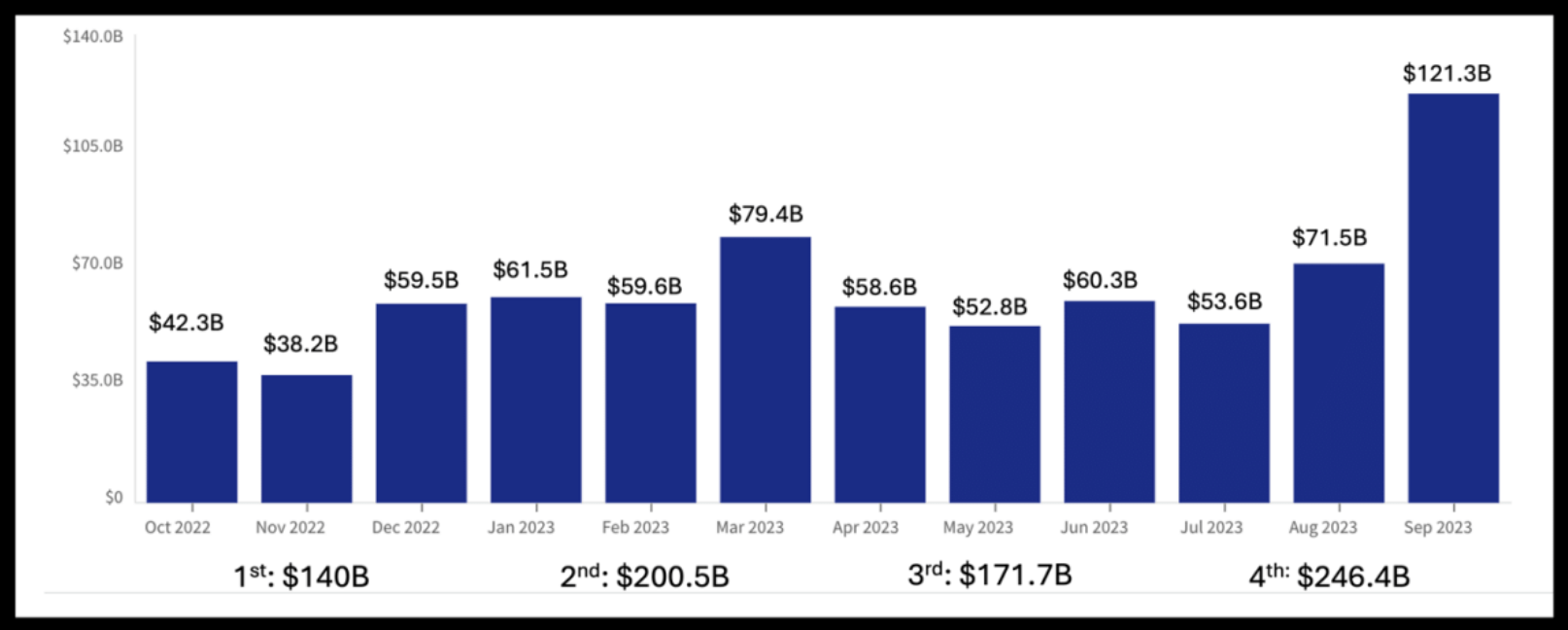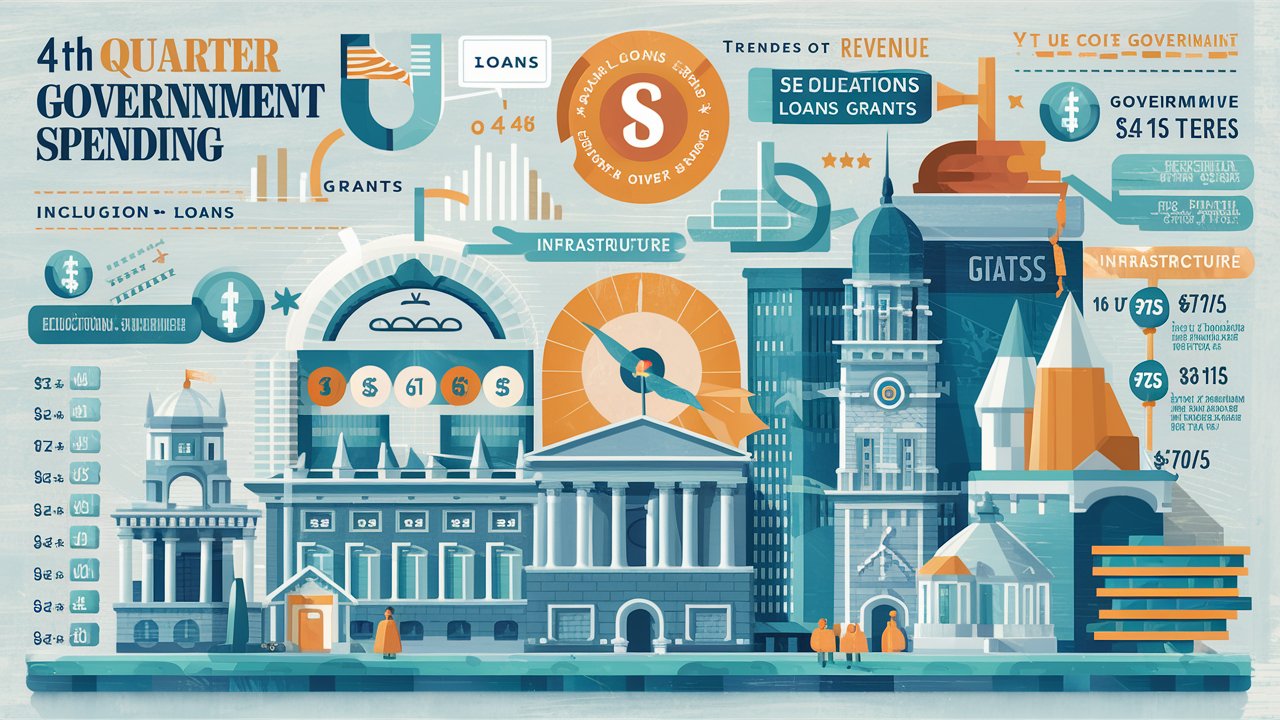The federal fiscal year begins on October 1st and ends on September 30th. The fourth quarter spans July, August, and September.
During fiscal year 2023, $758.6 billion was awarded to businesses, including federal contracts, with $246.4 billion occurring in the fourth quarter. This represents 32.4% of all spending. Ideally, each quarter should account for 25% of the annual spending. However, the fourth quarter presents the greatest opportunity to government contracts. The question is, are you ready to take advantage of the fourth quarter and secure your share of this spending?
Why do we still celebrate Black History Month? What is the intersection of Black History and government contracting? Wait, don’t bypass this article because at first glance you think it doesn’t connect to you. It is worth reading. We all stand on someone’s shoulders in our life’s journey.
Subcontracting is an excellent pathway for businesses to enter the government contracting arena. Did you know that when a large prime contractor wins a contract over $750,000, or $1.5 million in construction, they are required to award 35% of that contract to small businesses? This
"Follow the money" is a catchphrase popularized by the 1976 docudrama film All the President's Men, which suggests political corruption can be brought to light by examining money transfers between parties. While the term was popularized in the 1970s, the premise behind the statement has been around for over a century. In Latin, the term Cui bono? means "to whom is it a benefit?"
Are you currently working with the government or considering joining the ranks of successful businesses that do? In both scenarios, you're likely curious about how much the agencies spend and how much of that "spending pie" is allocated to your area of service. After all, if there isn’t enough funding for contractors in your category, it’s best not to waste time pursuing those contracts.
Many leaders talk about connections and their positive impact on our business, especially if they're the "right" connections. Yes, that's true, but did you know when it comes to developing relationships with government agencies, it's not just about entering information into your database and throwing out a name when you feel it will help your cause?
"Follow the money" is a catchphrase popularized by the 1976 docudrama film All the President's Men, suggesting that political corruption can be exposed by tracing financial transactions. While this term gained prominence in the 1970s, the underlying principle has been around for centuries. The Latin phrase Cui bono?, meaning "to whom is it a benefit?", encapsulates the idea of understanding who gains from financial actions.
Are you a contractor seeking to grow your business and stay ahead of the competition? Did you know that monitoring government spending trends can expedite your road to success?
If you’re proactive in government contracting, you’re likely aware that the fourth quarter is crucial, with more federal contract dollars (historically 31%) being expended than at any other time of year
Navigating the government contracting landscape can be complex, but understanding the steps to find opportunities at federal, state, and local levels can significantly benefit your small business. This guide provides a detailed, step-by-step approach to discovering and securing government contracts, ensuring you can effectively pursue and capitalize on available opportunities.
On December 27, 2021, President Biden signed the FY22 National Defense Authorization Act (NDAA) into law, authorizing nearly $800 billion in defense spending.
The national defense total in the 2022 omnibus spending bill is $782 billion, reflecting a 3.9 percent increase over the administration’s request for 2022 and a 5.6 percent increase over the 2021 appropriations. This total includes $13.6 billion for emergency military and humanitarian aid for Ukraine as Russia’s conflict with the country continues.
Join the GCA Family
Only 22% of federal contracting dollars are awarded to small businesses. Our goal is to be an agent of change by helping businesses owned by women, minorities, and veterans to get their fair share of the opportunities in the government market.











